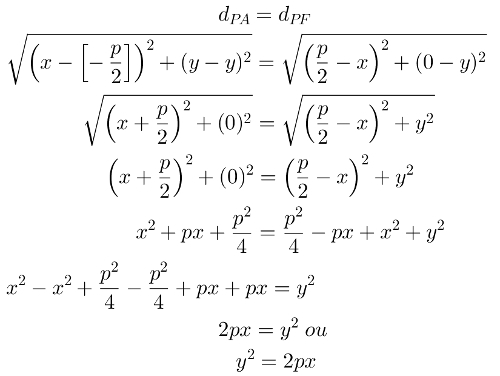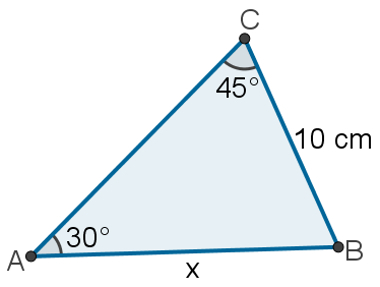THE Iberian Union, which took place between 1580 and 1640, was the unification of the Spanish and Portuguese Crowns from the succession crisis of the Portuguese throne. This succession crisis ended the Avis Dynasty and crowned King Philip II of Spain as king of both Portugal and Spain.
the king of Portugal, D. Sebastian, disappeared in the battle of Alcácer-Quibir against the Moors in Morocco in 1578. As the king had left no heirs to succeed him, it was his great-uncle, D. Henrique. However, D. Henrique he ended up dying two years later and, as he also had no direct heirs, a crisis of succession to the Portuguese throne began.
After the death of D. Henrique, three suitors claimed to be related to D. Sebastião and launched the fight for the throne. Among the suitors was the Spanish king, Philip II, which had great support among members of the Portuguese nobility. After invading Portugal and winning small conflicts against one of the pretenders to the throne, called Antônio, King Filipe II was crowned king of Portugal.
During his reign, Philip II kept the Portuguese in positions related to the administration of Portugal and the Portuguese colonies, especially in Brazil. This action by the king was taken to avoid any kind of attrition with the Portuguese, thus minimizing the risk of rebellions taking place in Portugal.
Therefore, it is clear that Spain did not assume control over the Brazilian colony, leaving it in charge of the Portuguese. Historian Thomas E. Skidmore states that the big change determined by Spain in Brazil was “the regularization of administrative and judicial procedures, including the development of new civil and penal codes in 1603”|1|.
Do not stop now... There's more after the advertising ;)
In addition, the Spanish decreed the division of Brazil into two parts: a call for State of Maranhão, which grouped Maranhão, Ceará and Pará and whose capital was the city of São Luís, and the other called State of Brazil, which remained with the city of Salvador as the capital. This division was established by the Spaniards from 1621.
Dutch invasion in Brazil
One of the direct consequences of the Iberian Union was the Dutch invasion in the Northeast. The Netherlands had a large share in the production of Brazilian sugar because of its friendly relationship with Portugal, however, Spain was at open war with the Netherlands. With the Spanish domain extended over Brazil, the Dutch decided to attack the Brazilian northeast to guarantee their control over the production and marketing of sugar.
The Dutch also attacked other Portuguese possessions on the African coast. Thus, there were attacks on Portuguese colonies in Africa, in 1595, and on Salvador, in 1604. With the creation of the Dutch West India Company, the Dutch decided to invade Salvador and dominated the city for a year (1624-1625).
Shortly thereafter, the Dutch invaded Pernambuco (1630) and conquered part of the coast of northeastern Brazil. The Dutch presence in this region spanned 24 years and had Mauritius of Nassau at the head of the Dutch colonial administration. The end of the Iberian Union, with the emergence of Bragança Dynasty in 1640 it did not lead to the end of Dutch rule. The Dutch were only expelled from northeastern Brazil by the Portuguese in 1654.
|1| SKIDMORE, Thomas E. A History of Brazil. Rio de Janeiro: Paz e Terra, 1998, p. 27.
By Daniel Neves
Graduated in History
Would you like to reference this text in a school or academic work? Look:
SILVA, Daniel Neves. "What was the Iberian Union?"; Brazil School. Available in: https://brasilescola.uol.com.br/o-que-e/historia/o-que-foi-uniao-iberica.htm. Accessed on June 27, 2021.


